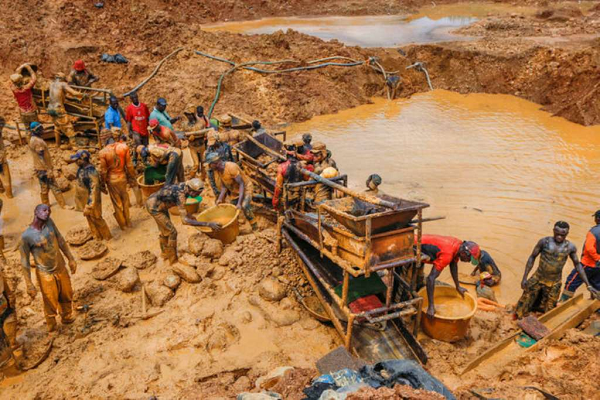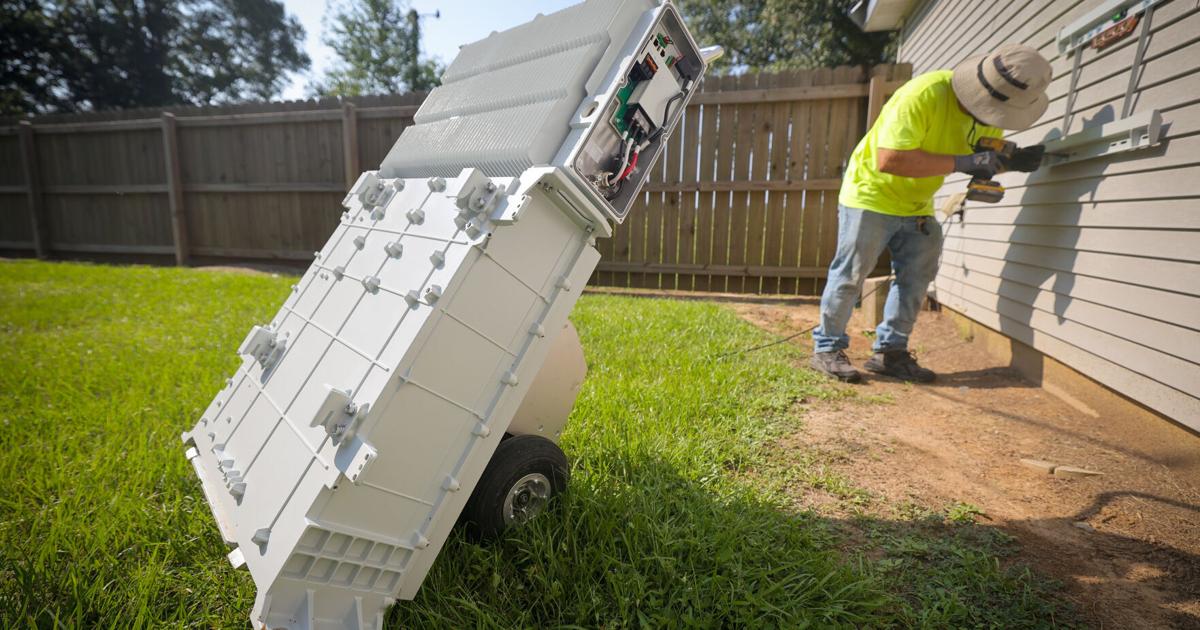By Nana Yaw Prekoh
Copyright ghanaguardian

Illegal mining, popularly known as galamsey, has long been framed as an environmental and economic issue, but new medical research suggests it is also silently fueling a devastating public health crisis.
Forensic Histopathologist and former Head of Pathology at the Komfo Anokye Teaching Hospital (KATH) and the Kwame Nkrumah University of Science and Technology (KNUST), Professor Paul Poku Sampene Ossei, has revealed that toxic heavy metals from galamsey activities are directly contaminating placentas, contributing to hundreds of pregnancy losses.
Speaking on JoyNews’ Newsfile on Saturday, September 27, Prof. Sampene disclosed that his ongoing research has linked at least 500 cases of spontaneous abortions to high concentrations of heavy metals found in the placentas of Ghanaian women.
“I have about 500 cases where women go to the hospital and abort their babies because of the concentration of these heavy metals in their placenta,” he revealed.
The Scope of the Research
Prof. Sampene’s work, which began in 2019, is one of the most comprehensive forensic medical studies on galamsey’s health impact. He has examined more than 4,000 placentas from hospitals across Ghana.
Disturbingly, he found that both the maternal and foetal sides of the placentas were contaminated with heavy metals such as mercury, arsenic, and lead—common pollutants released by illegal mining activities.
“The placentas are all contaminated, polluted with heavy metals,” he stated, warning that unborn children are being poisoned before birth.
Beyond Miscarriages
The pathologist cautioned that the problem is not limited to pregnancy losses.
He noted alarming increases in kidney-related illnesses among both adults and children, conditions he directly links to polluted water bodies and environmental toxins from galamsey operations.
“Dialysis is very expensive, and nobody gets it for free. Children are also being diagnosed with chronic kidney disease. These are the realities we have to face,” he warned.
He further disclosed that birth deformities are increasingly being recorded in mining areas.
Although many medical practitioners are reluctant to speak publicly about their findings, Prof. Sampene said doctors on the ground have privately confirmed the trend.
Abandoned Pits And Rising Deaths
Beyond toxic contamination, galamsey continues to claim lives through unsafe practices.
Data from KATH between 2019 and 2021 shows that drowning accounted for 40% of unnatural deaths in the Ashanti Region, with 25% of these deaths traced to abandoned galamsey pits.
Polluted Water And Dangerous Treatment Practices
Another layer of concern lies in how water authorities treat contaminated sources.
Prof. Sampene raised alarms over the heavy reliance on alum (aluminium hydroxide) to purify polluted rivers, cautioning that it exposes communities to long-term health risks.
“It is going to cause kidney problems, mutations in the respiratory tract, and Alzheimer’s disease. These are proven health risks,” he explained.
A National Emergency, Not a Partisan Issue
Prof. Sampene expressed frustration over the lack of urgency and the tendency to politicize the galamsey menace.
“Sometimes I feel very sad indeed when politicians come to sit on air and try to tell us who did what and who is doing what. It saddens my heart. Galamsey is really killing us,” he lamented.
He urged Ghana’s two dominant political parties—the NDC and NPP—to rise above partisan divides and confront what he describes as a national health emergency.
“I would have wished that the two main political parties come together and say enough is enough. Otherwise, if care is not taken, we will soon see people walking but with very high cognitive impairment. Mercury inhalation alone can damage the brain. We are seriously in trouble,” he warned.



